Cultural industry (CNVH) is a term used for industries that combine the creation, production and commercialization of creative content. In Decision No. 1755/QD-TTg dated September 8, 2016 of the Prime Minister, it is determined that the development of CNVH is one of the key factors for economic growth, contributing to increasing GDP through job creation and expanding new markets.
Realizing that, with positive changes in mechanisms and policies, in the period of 2018 - 2022, Binh Thuan province is increasingly interested in investing in the fields of culture and cultural tourism to create branded tourism products and services.
Cultural industry outlook
Talking about cultural industry is referring to industries that produce artistic and creative products, of a physical or intangible nature; through exploiting cultural values and products and services of intellectual nature, of social and cultural significance to gain economic benefits. Resolution No. 33-NQ/TW dated June 9, 2014 at the 9th Conference of the 11th Party Central Committee on building and developing Vietnamese culture and people to meet the requirements of sustainable national development clearly states the task of developing cultural industry in parallel with building and perfecting the cultural market. To achieve these goals, the People's Committees of districts, towns, cities and related units in the province have deployed in the fields of: Cinema, performing arts, fine arts, photography and exhibitions, advertising, cultural tourism. In particular, the management of fine arts, photography and exhibition activities in the province has always received attention, created conditions, and had many positive changes, with many diverse methods going deeper into life, reaching the public more widely. These include photo and video clip composition contests and writing articles about Binh Thuan in 2020; creating architectural plans for the Mui Ne National Tourist Area Gate; "Binh Thuan Colors"; painting for children with the theme "Family, a place of love and sharing"...
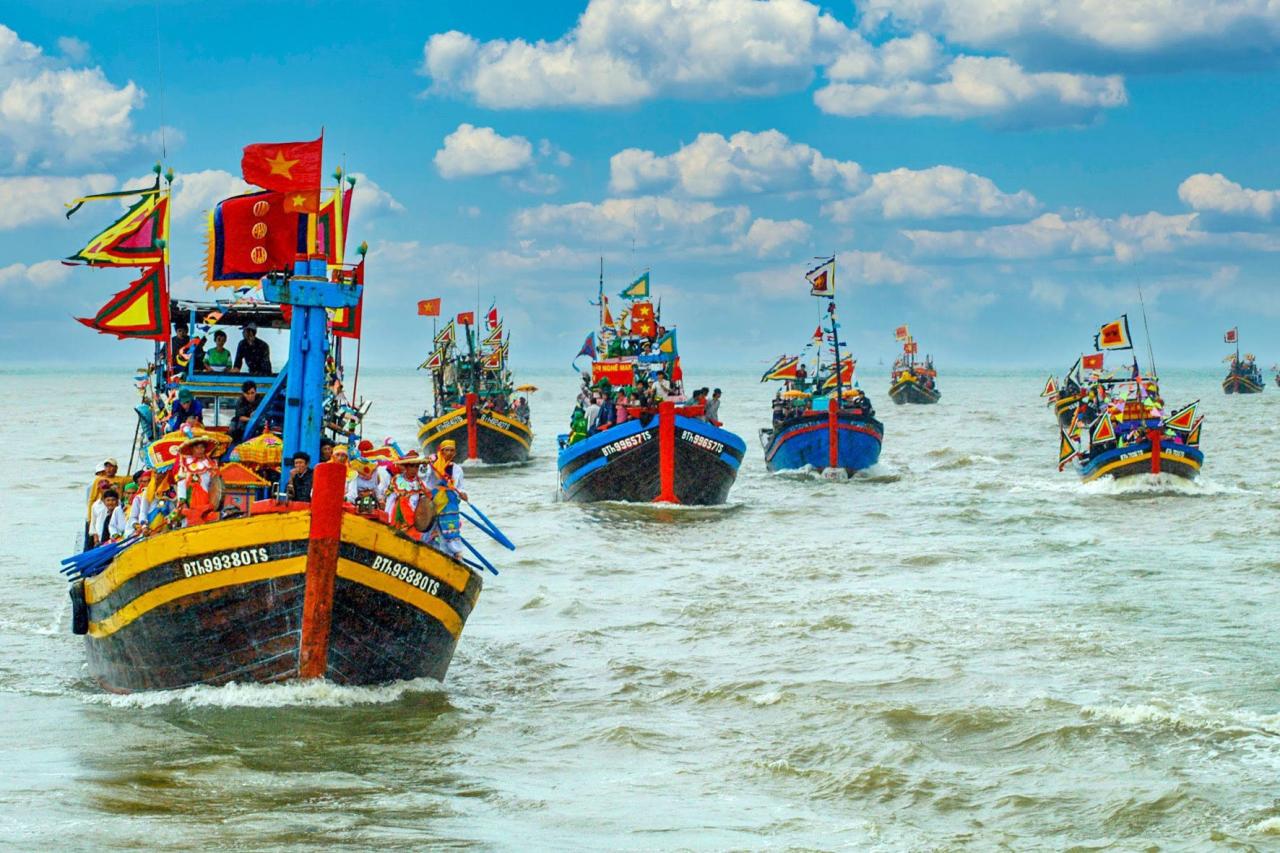
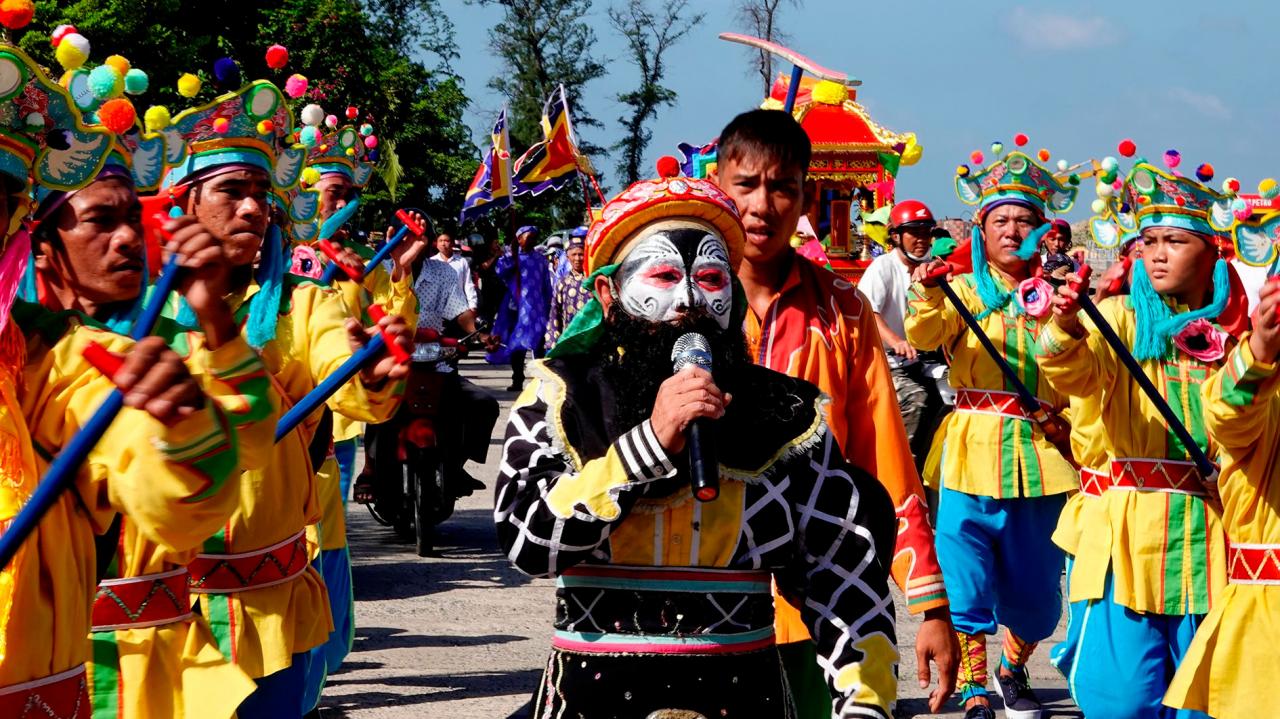
In particular, with diverse tourism potential, possessing many beautiful beaches, landscapes and spiritual tourist destinations, it is convenient for tourism businesses to effectively exploit many types and products of tourism. In addition, the 5 traditional cultural festivals, namely Cau Ngu Festival in Van Thuy Tu, Nghinh Ong Festival of the Chinese at Quan De Temple, Mid-Autumn Festival, Kate Festival of the Cham at Po Sah Inu Tower and Dinh Thay Thim Festival in La Gi town, are held annually at the provincial level, creating a wonderful experience for domestic and foreign visitors to explore and experience with the number increasing year by year.
Currently, there is a non-public museum in operation in the province, the Fish Sauce Museum - belonging to Seagull Company Limited with 359 exhibits. Since its establishment, it has served more than 100,000 visitors. The museum's activities are enjoyed by many visitors, highly appreciated for its novel and unique features, quality of service and explanation. Next to it is the Fishermen Show Theater with the play "Legend of the Fishing Village", this is the first form of socialized art in Binh Thuan, specifically describing the profound local folk culture...
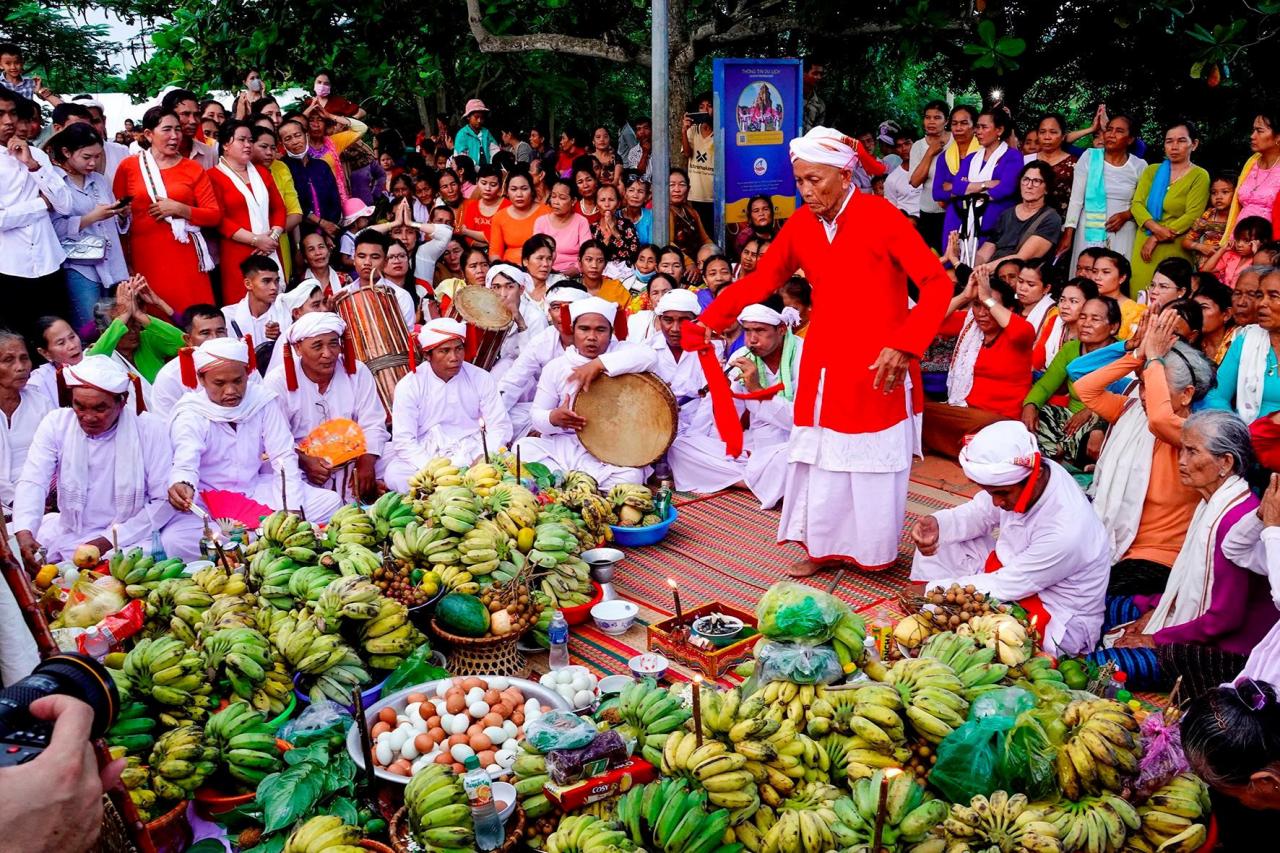
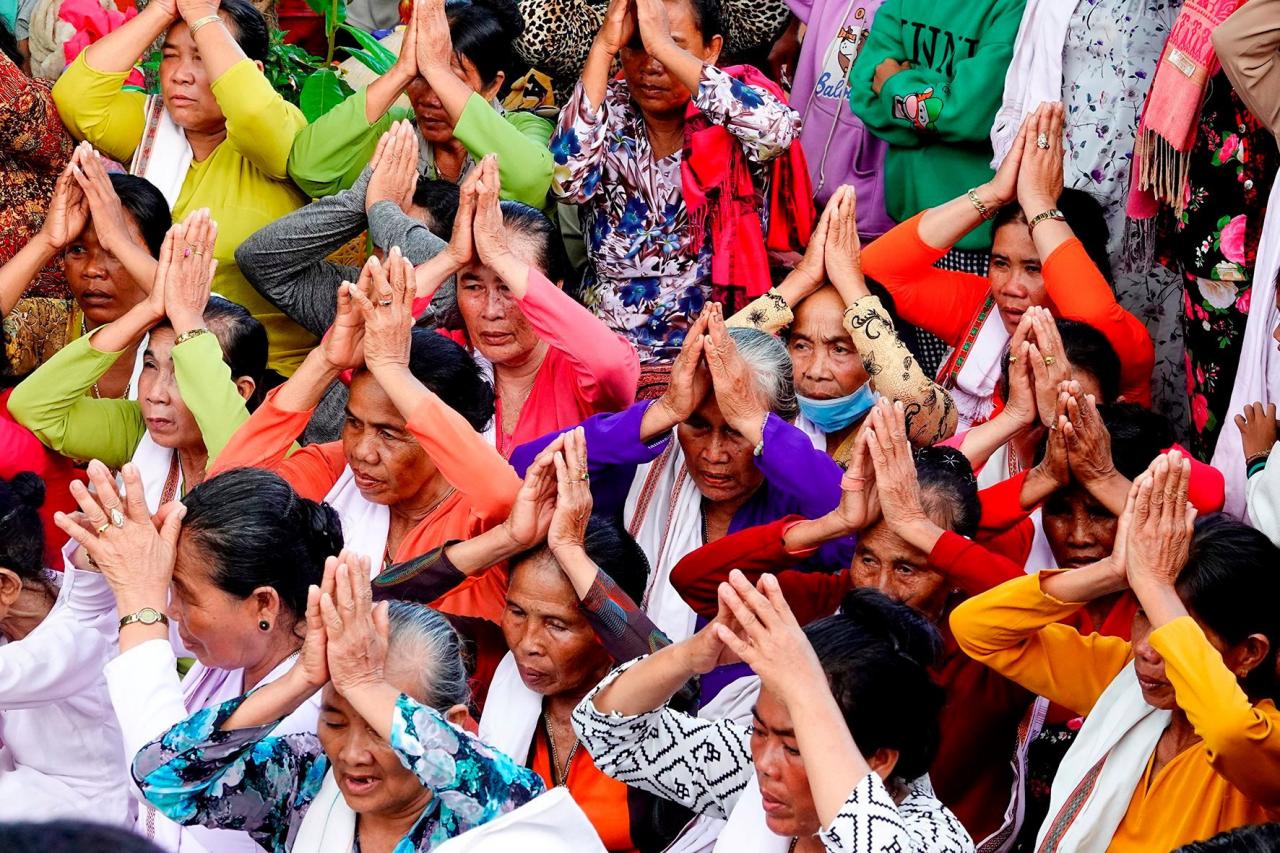
Focused investment based on available potential
Cultural industry development is taking place strongly, is a trend and gradually becomes an important driving force to promote economic and social development. However, in reality, cultural activities in the province mainly serve the political tasks of the locality, meeting the needs of people to enjoy spiritual culture in a free form. In addition, the income level of the people is not high, leading to the lack of demand to enjoy cultural values of high artistic nature, with market economic factors.
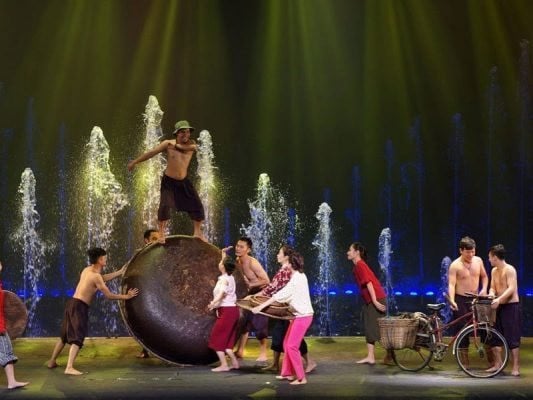
According to the assessment of Mr. Vo Thanh Huy - Deputy Director of the Department of Culture, Sports and Tourism of the province: The strategy for developing Vietnam's cultural industries has a broad scope, new types of development, and is multi-disciplinary. Therefore, to ensure effective quality, it is necessary to have careful and synchronous investment preparation, ensuring good in all aspects (policies, institutions, training, resource development, etc.). In the current conditions of Binh Thuan province, the infrastructure and development scale are not synchronous, at an average level compared to the general level of the whole country in terms of growth, socio-economic development, the implementation of strategic tasks in the locality faces certain limitations.
Based on the specific situation, Binh Thuan is continuing to disseminate and disseminate the content of Decision No. 1755/QD-TTg of the Prime Minister approving the Strategy for the development of Vietnam's cultural industries to 2020, with a vision to 2030 to departments, branches and localities in the province to continue raising awareness and vision of the important role of cultural industries in contributing to the development of the local economy. At the same time, identifying a number of areas with advantages and potential of the province to implement in a focused direction and bring about certain results, as a premise and motivation for the development of other areas. Integrating programs and projects on cultural development in association with socio-economic development programs of the province. At the same time, implement a training plan to improve the quality of tourism human resources, focusing on training weak professional skills such as tour guides at destinations, training skills in welcoming and serving tourists for farmers, farms, gardeners, etc.
Decision No. 1755/QD-TTg identifies that developing the cultural industry is one of the key factors for economic growth, contributing to increasing GDP through job creation and expanding new markets. There are 12 cultural industries in Vietnam including: Advertising; architecture; software and entertainment games; handicrafts; design; cinema; publishing; fashion; performing arts; fine arts, photography and exhibitions; television and radio; cultural tourism.
Source



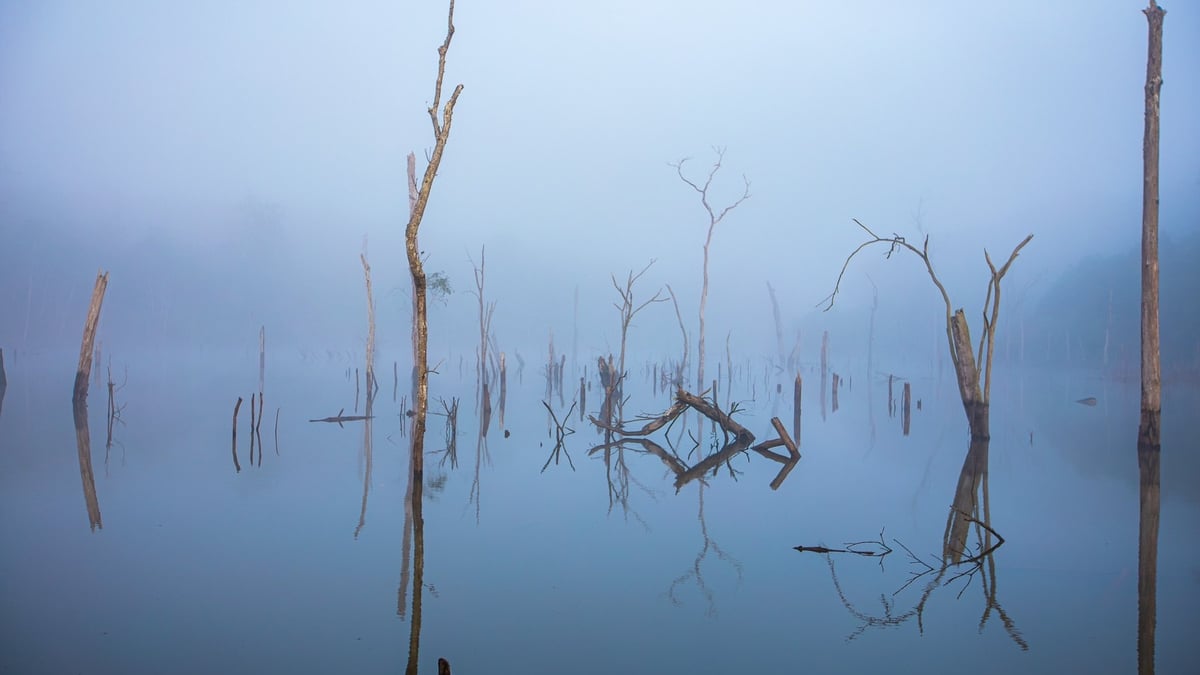
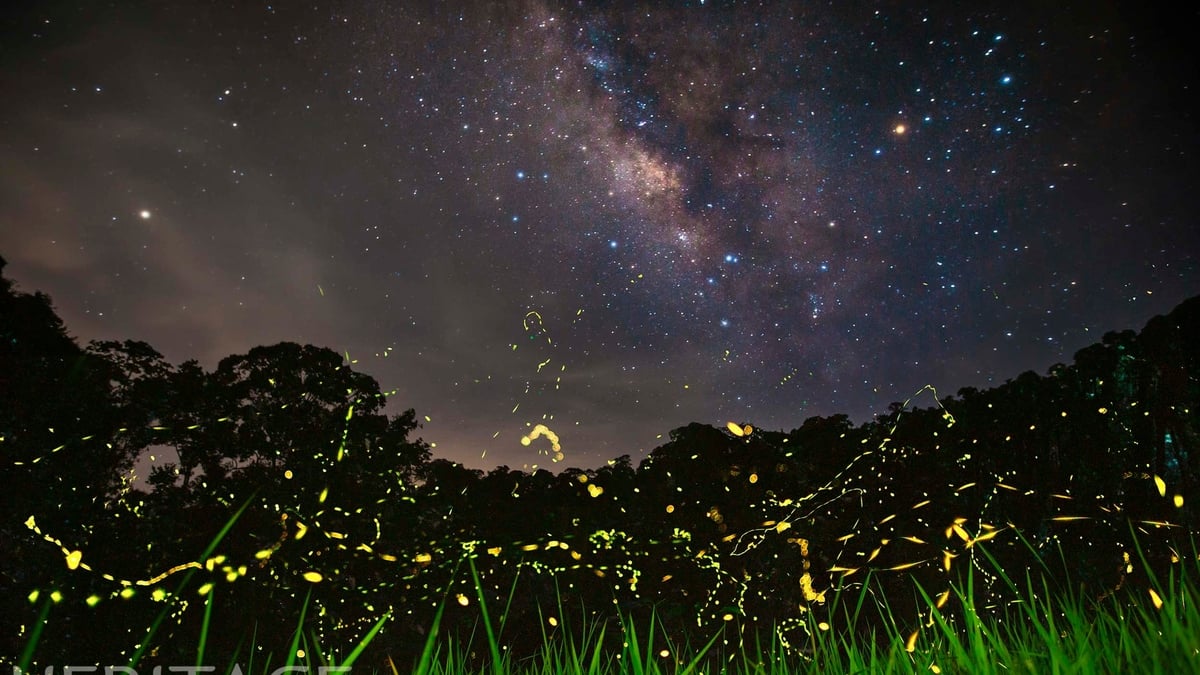
![[Photo] Prime Minister Pham Minh Chinh receives Country Director of the World Bank Regional Office for Vietnam, Laos, Cambodia](https://vphoto.vietnam.vn/thumb/1200x675/vietnam/resource/IMAGE/2025/5/15/2c7898852fa74a67a7d39e601e287d48)
![[Photo] National Assembly Chairman Tran Thanh Man meets with Thai Prime Minister Paetongtarn Shinawatra](https://vphoto.vietnam.vn/thumb/1200x675/vietnam/resource/IMAGE/2025/5/15/e71160b1572a457395f2816d84a18b45)
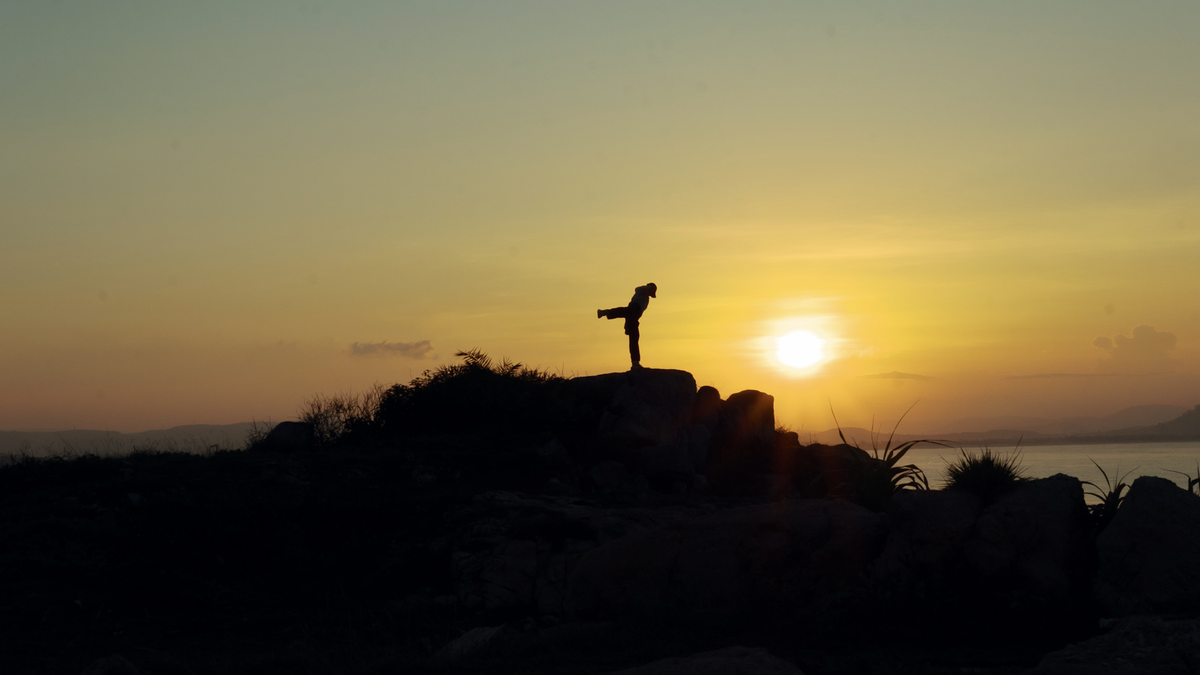
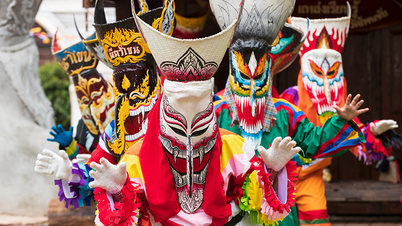
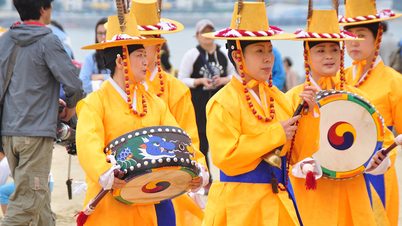




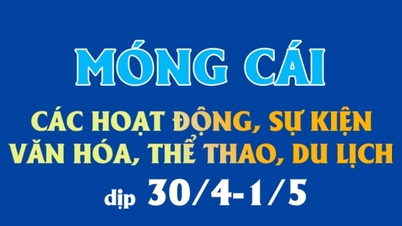


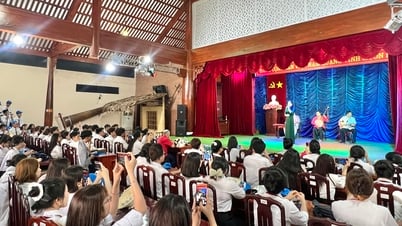
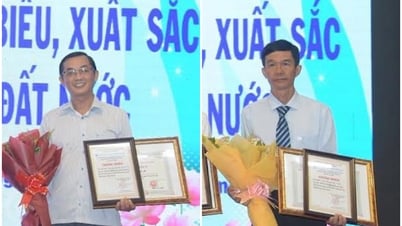
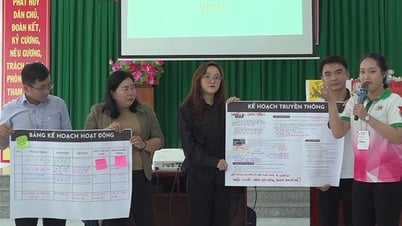
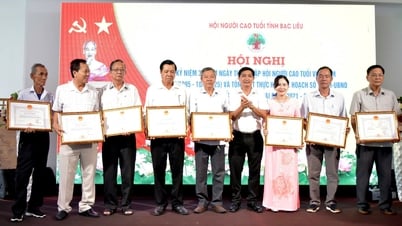
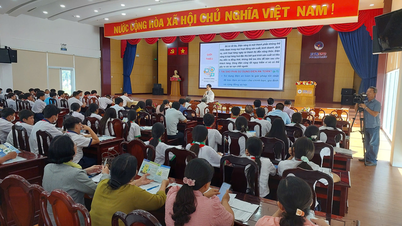
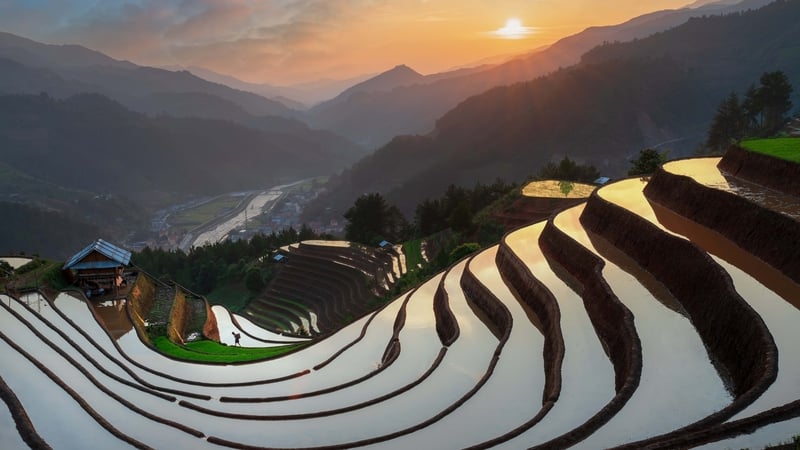



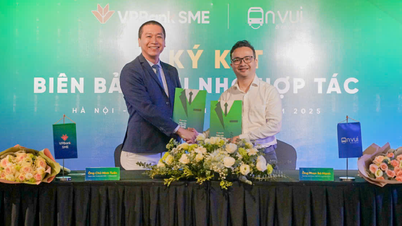

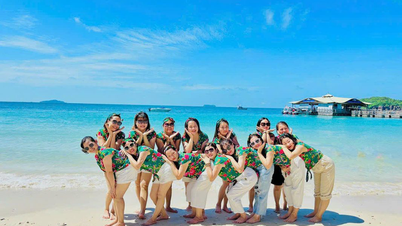


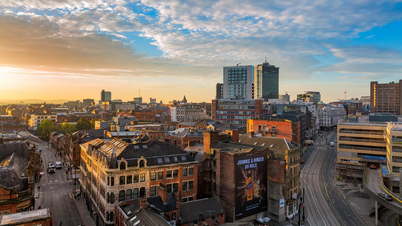
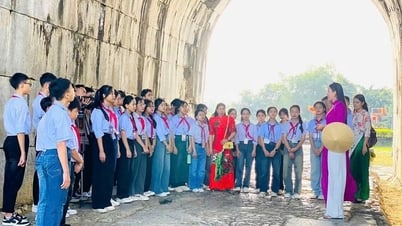

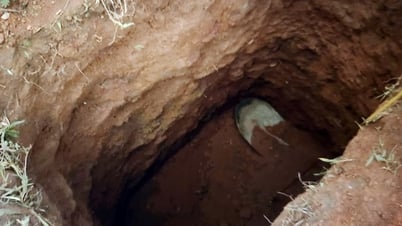
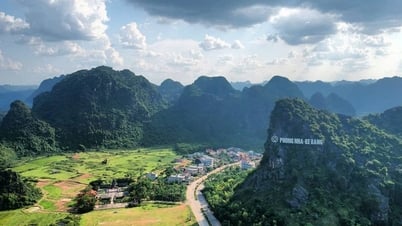

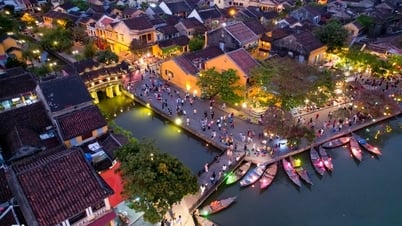

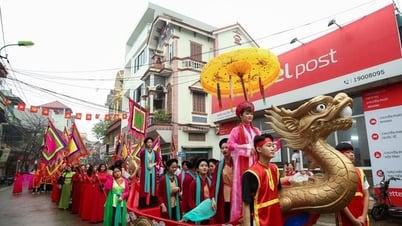

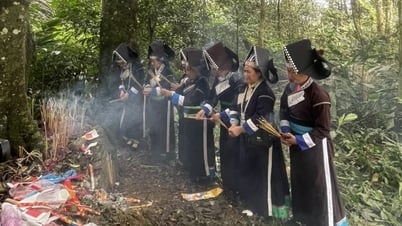

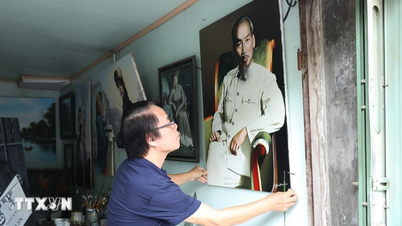

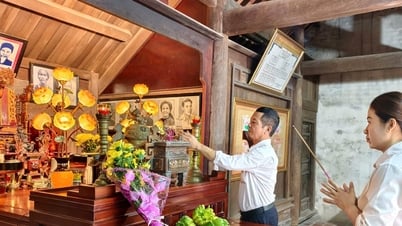





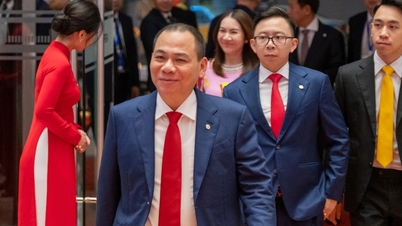










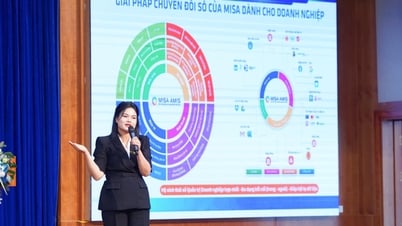

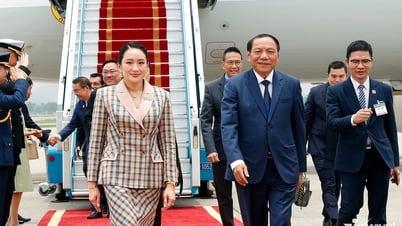
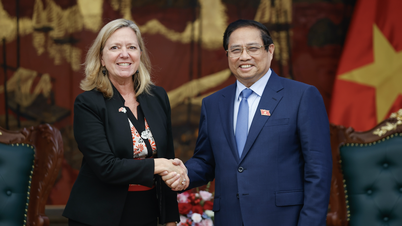








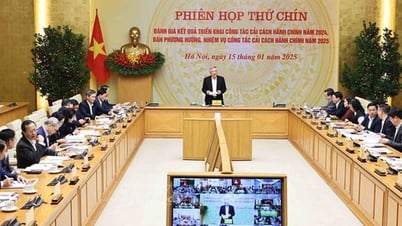
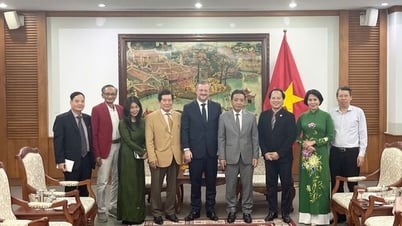
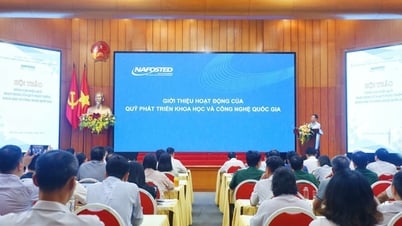

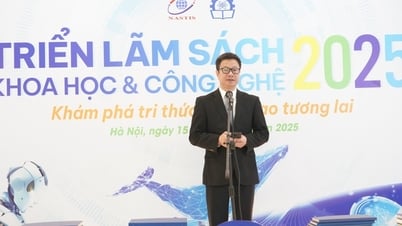
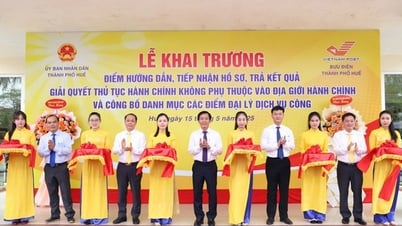
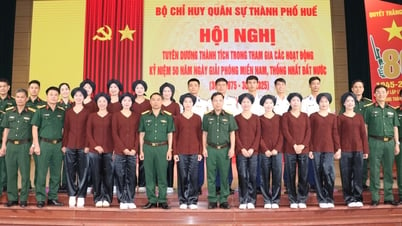



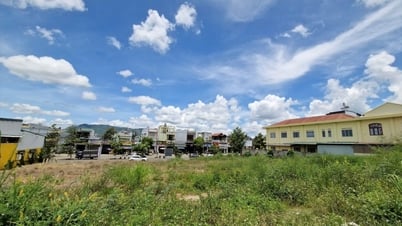






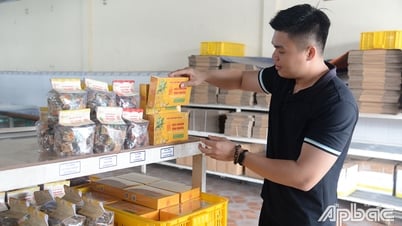
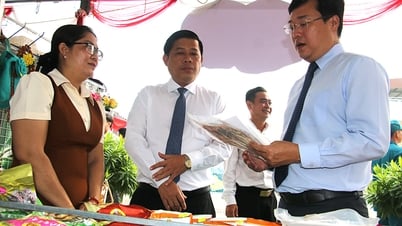
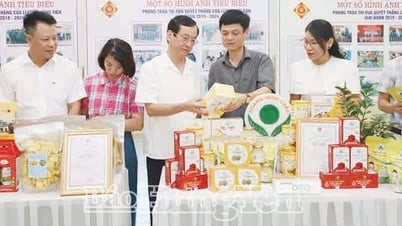

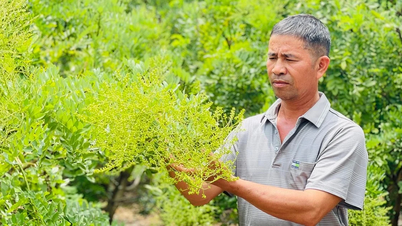

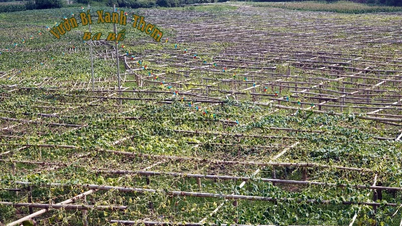

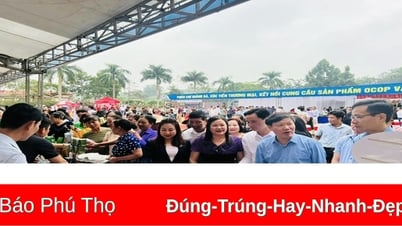

Comment (0)